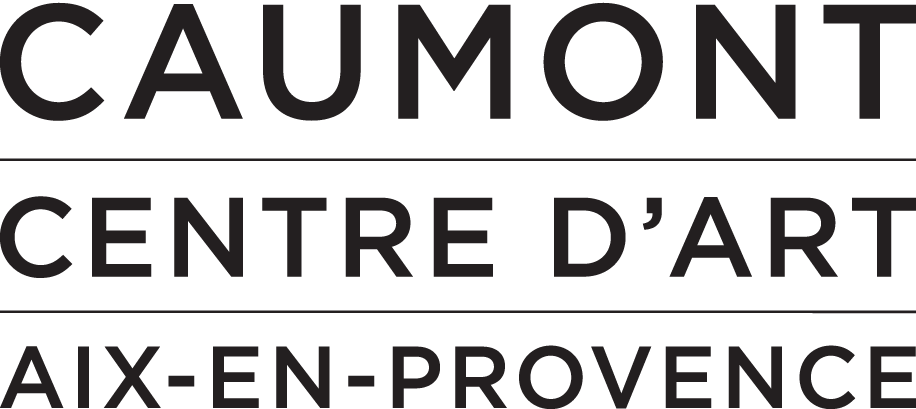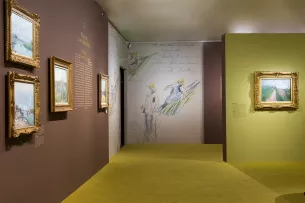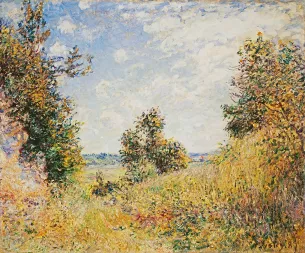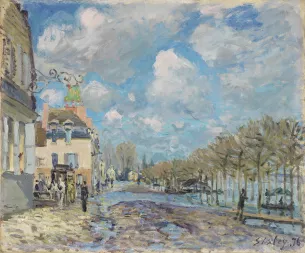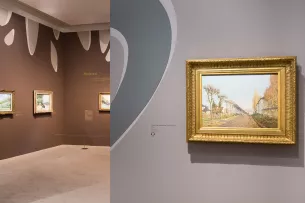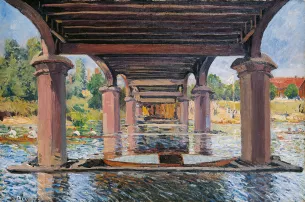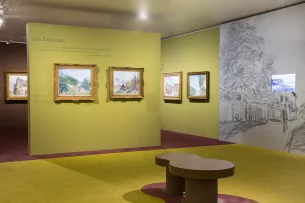The art center is open every day from 10 a.m. to 6 p.m., including December 25 and January 1st.
Exhibition
Sisley
the Impressionist
Culturespaces and the Bruce Museum in Greenwich (Connecticut) have co-organised this itinerant monographic exhibition devoted to the Impressionist painter Alfred Sisley (1839–1899). Around sixty works—some of which have rarely been exhibited in public—will be brought together in this exhibition that retraces the various stages in Sisley’s’ oeuvre by focusing on some of the painter’s favourite locations.
For this unprecedented monographic exhibition devoted to this artist in France since 2002, internationally recognised institutions have agreed to loan major works. These institutions include the Metropolitan Museum of Art in New York, the National Gallery in Washington, the Cincinnati Art Museum, the Tate Gallery and National Gallery in London, and the Royal Museums of Fine Arts in Brussels.
More than any other Impressionist, Alfred Sisley utterly devoted himself to painting landscapes, and remained faithful to the movement’s founding principles. Probably inspired by John Constable in his approach of painting landscapes based on rural motifs, Sisley carried out a systematic visual analysis of precise places based on his knowledge and experience. He would explore each of them in every direction in order to constitute a coherent set of plans, and he would note down the difference between the scenes with the changing light, weather, and seasons.
Sisley’s talent in capturing the effects of the light dancing on the surface of the water, the brightness of the winter sun on the snow and the ice, the movements of the trees in the wind, the depth of the rural scenes, and the immensity of the skies over his artistic territory in the Île-de-France, gave rise, throughout his career, to moving works, which, like poems, prompt peaceful contemplation. It was time to see things from a fresh perspective.
Focusing on Sisley’s entire career, from the works exhibited at the 1860 Salon to his views of the picturesque town of Moret-sur-Loing in the 1890s, the exhibition explores Sisley’s artistic ascendance and his relations with his Impressionist confrères. Visitors will be invited to discover Sisley’s radical pictorial strategies in the decade of 1870, the influence of Japanese prints, photography, seventeenth-century Dutch art, and Constable and Turner on his approach, as well as the relation between his graphic works and his painting. The focus is also on the last two decades of his life, during which his ‘plein air’ painting attests to an equally exacting execution and an even more determined approach.
Archive photographs of the landscapes Sisley observed are exhibited alongside his paintings to illustrate the specific methods he adopted to analyse the scenes. As this method dictated his approach to depicting landscapes throughout his career, the exhibition itinerary is a chronological one, taking the visitor from one favourite location to the next, whether those where he lived—Louveciennes, Marly-le-Roi, Sèvres, Veneux-Nadon, and Moret-sur-Loing—or those where he sojourned for short periods, such as Villeneuve-la-Garenne and Argenteuil in 1872, Hampton Court, to the west of London, in 1874, and the south coast of Wales in 1897.
L'équipe
Programming
After directing Paris Musées and working as Production Manager at the Centre Pompidou and the Réunion des Musées Nationaux, Sophie Hovanessian was appointed administrator of the Musée Jacquemart-André. Since 2010, she has been the Director of Culturespaces’ cultural programming and exhibitions.
To organise the exhibition she was assisted by Agnès Wolff, Cultural Production Manager, Cecilia Braschi, Exhibition Manager at Caumont - Art Centre, and Sophie Blanc, Exhibition Registrar.
Curatorship
The exhibition curator is Mary Anne Stevens, an independent art historian and curator for the retrospective exhibitions that were held (1992–1993) at the Royal Academy of Arts in London, in the Musée d’Orsay in Paris, and the Walters Art Museum in Baltimore, and (in 2002–2003) at the Palazzo Dei Diamanti in Ferrara, the Thyssen-Bornemisza Museum in Madrid, and the Musée des Beaux-Arts in Lyon.
Scenography
Hubert le Gall is a French designer, artist, and contemporary art sculptor. He has been creating original scenographies for many exhibitions since 2000.
